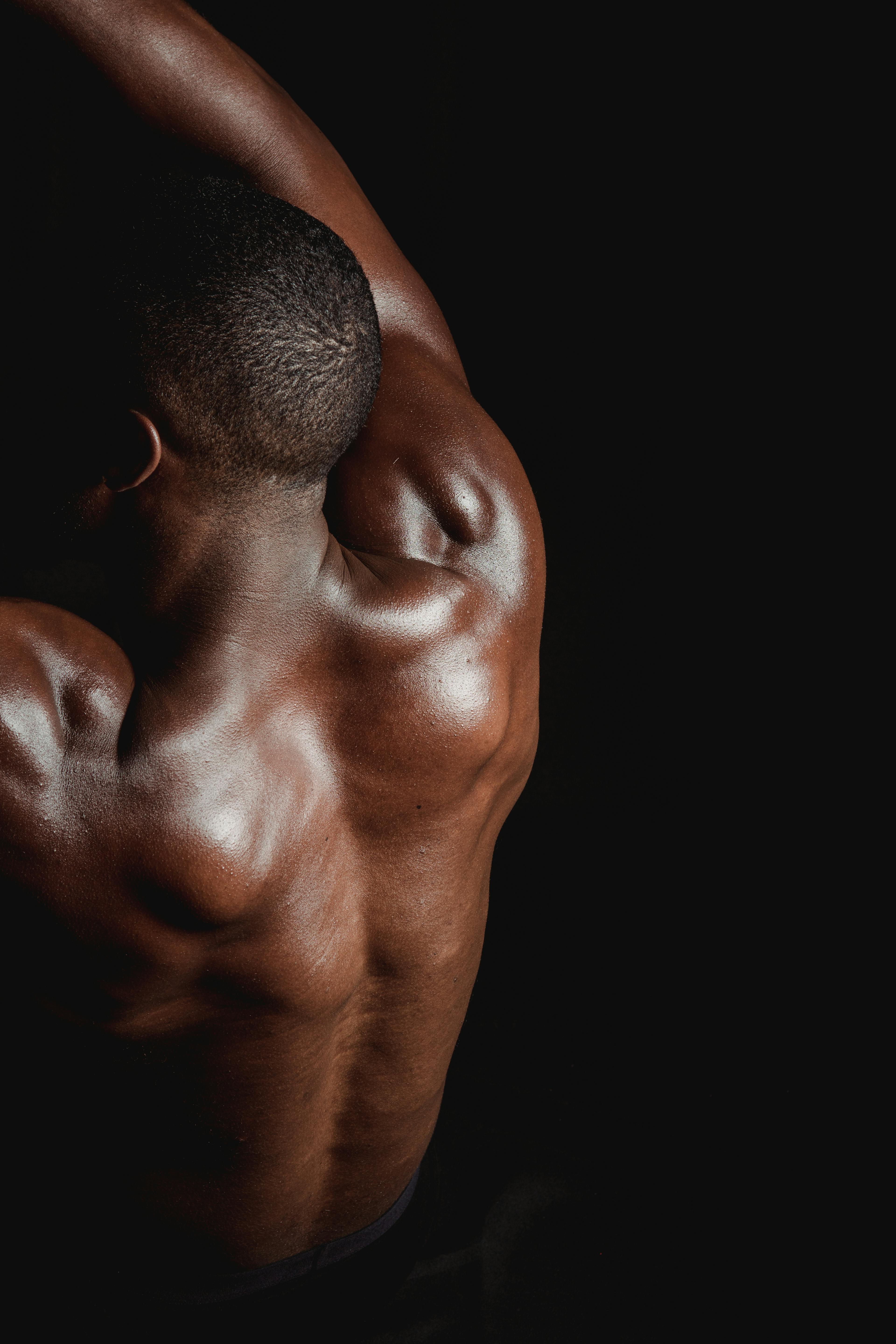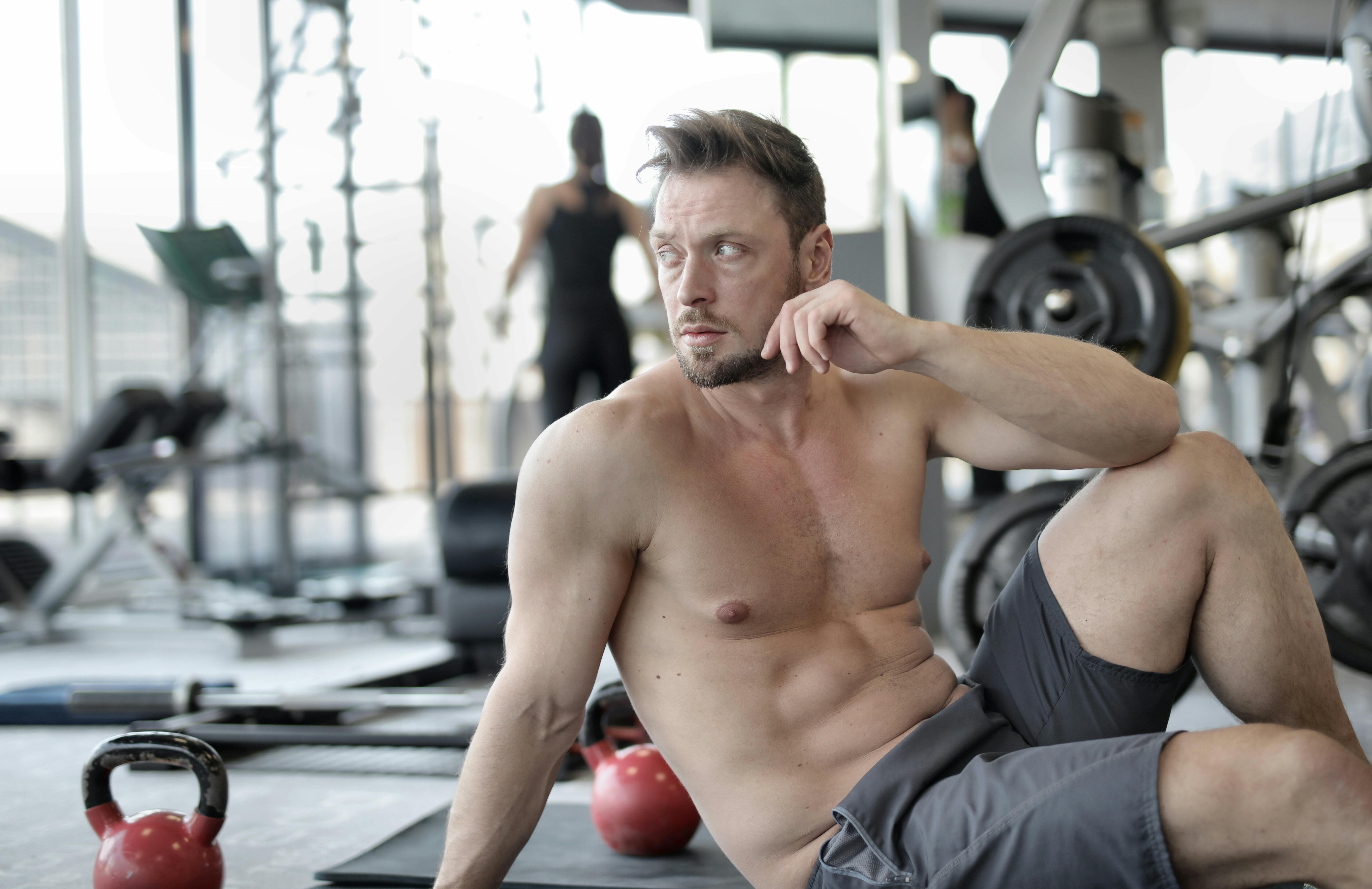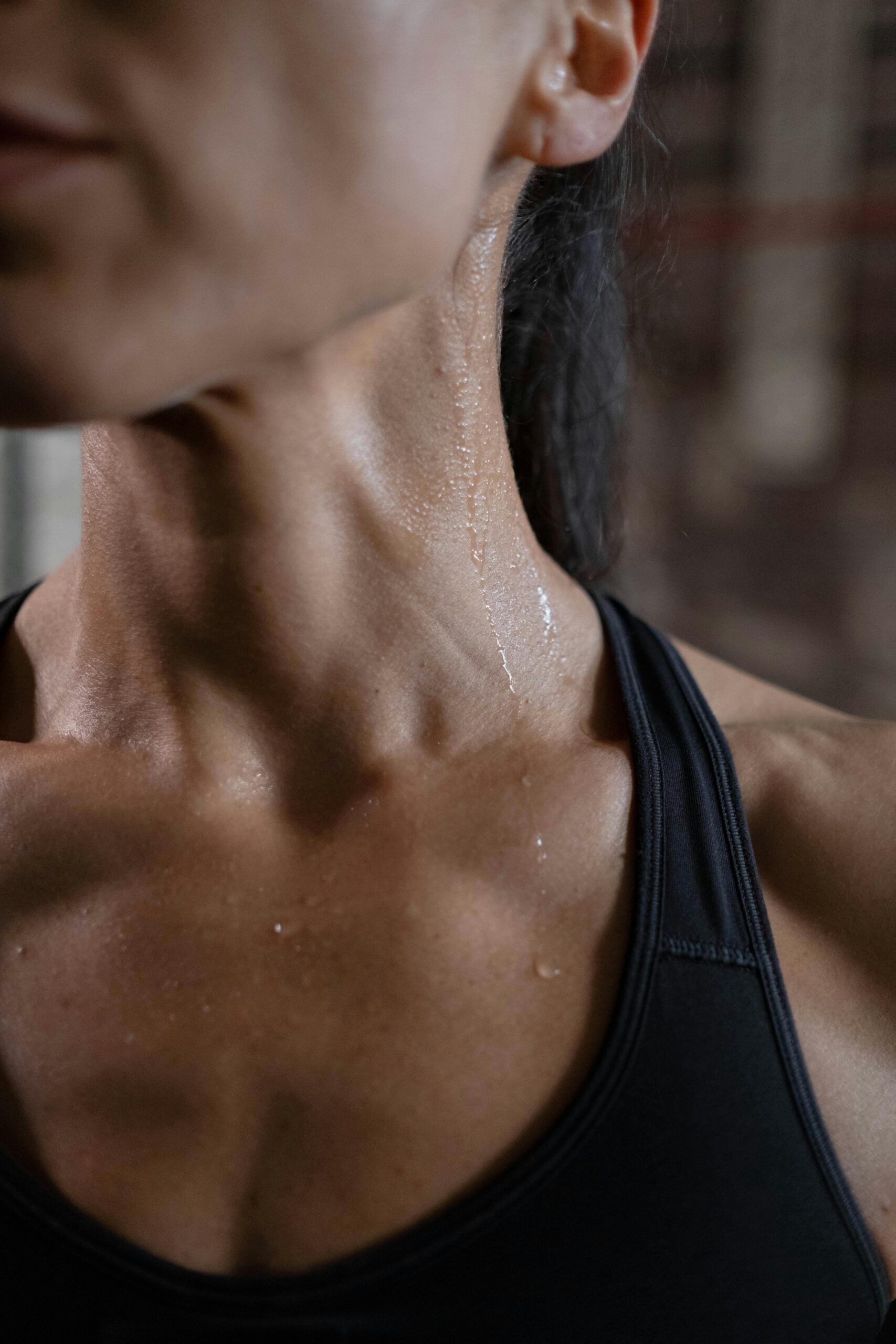Proven Guide to Shoulder Press Muscles: Enhance Your Strength in 2025
Shoulder press exercises are highly effective for building strength and improving the overall health of your shoulder muscles. Whether you are a beginner looking to incorporate shoulder training into your fitness routine or a seasoned athlete aiming to enhance your shoulder strength, this comprehensive guide is here to help. In this article, we’ll explore the anatomy of the shoulder, various shoulder press techniques, and how to avoid injuries while maximizing your muscle-building potential.
Understanding the significance of shoulder press exercises not only improves strength but also enhances athletic performance and daily functional movements. Emphasizing a balanced shoulder workout can lead to impressive results if paired with proper techniques and routines. Here’s what you can expect to learn:
- An overview of shoulder anatomy and the muscles involved in shoulder press workouts
- Best practices for executing shoulder press exercises with proper technique
- Varieties of shoulder press exercises and their specific benefits
- Common mistakes to avoid while performing shoulder training
- Tips for designing an effective workout plan for shoulder muscle development
By the end of this article, you’ll be equipped with essential fitness tips and techniques to build strong shoulders and elevate your training. Let’s dive into understanding the crucial muscles involved in shoulder press exercises!

Understanding the Anatomy of the Shoulder for Effective Training
Building on the fundamentals of fitness, understanding shoulder anatomy is vital for maximizing your shoulder training results. The shoulders consist of various muscles that work together to facilitate a vast range of movements.
Key Muscles Involved in Shoulder Press
The primary muscles activated during the shoulder press are the deltoids, which are divided into three parts: the anterior (front), lateral (side), and posterior (rear) deltoids. Additionally, the trapezius, rotator cuff muscles, and the triceps brachii play essential roles in providing stability and controlling the movement during shoulder press exercises.
The Role of Muscles in Shoulder Stability
Stability is crucial to avoid injuries, especially when performing heavy lifts. The rotator cuff muscles, including the supraspinatus, infraspinatus, teres minor, and subscapularis, are responsible for stabilizing the shoulder joint. Engaging these muscles during shoulder training routines ensures balanced strength development and reduces the risk of shoulder injuries.
How Shoulder Mobility Affects Training
Mobility of the shoulder joints plays a significant role in the effectiveness of shoulder exercises. Restricted movement can hinder performance and increase the likelihood of injuries. Incorporating mobility exercises into your warm-up routine can enhance the range of motion and contribute to better performance during shoulder workouts.
Effective Techniques for Shoulder Pressing
Now that we understand the anatomy of the shoulder, let’s explore the techniques for executing shoulder presses effectively to maximize muscle gains. Proper technique will not only yield better results but also prevent injuries.
Form and Technique for Shoulder Press
To perform a shoulder press correctly, stand tall or sit upright with your feet shoulder-width apart. Make sure to keep your core tight, and grip the weights (dumbbells or barbell) securely. Press the weights overhead while keeping your elbows slightly in front of your body to avoid shoulder impingement. Maintain a neutral wrist position and lower the weights back to shoulder level slowly. Repetition speed should be controlled to maximize muscle engagement.
Common Mistakes to Avoid
Many fitness enthusiasts struggle with form during shoulder press exercises. Common mistakes include arching the back excessively, flaring the elbows out too much, and using weights that are too heavy. These errors can lead to injuries or ineffective workouts. Focus on mastering form with lighter weights before progressing to heavier loads to ensure safety and effectiveness.
Variations on Shoulder Press Techniques
Dynamically changing your shoulder press techniques can keep your workouts fresh and engaging. Explore variations such as the standing shoulder press, seated shoulder press, and Arnold press. Each variation targets different muscle groups and can be adapted based on your fitness level.

Creating a Comprehensive Shoulder Training Program
With a solid understanding of shoulder anatomy and pressing techniques, it’s time to focus on developing a structured shoulder training program to build muscles effectively.
Developing a Structured Workout Routine
Design a program that includes at least a few shoulder-focused exercises targeting various muscle groups. For a balanced approach, pair shoulder exercises with other compound movements, such as push-ups or pull-ups, to improve overall strength. Incorporate 2-3 shoulder workouts each week to allow for recovery, targeting 8-12 repetitions per set for optimal muscle hypertrophy.
Incorporating Mobile and Stability Drills
Adding mobility and stability exercises can enhance shoulder performance during workouts. Include exercises like shoulder rolls, band pull-aparts, and external/internal rotation drills to strengthen the stabilizing muscles and improve mobility, ensuring a well-rounded workout plan.
Tracking Your Progress and Making Adjustments
It’s crucial to monitor your progress by keeping a training diary. Document the weights, sets, and repetitions performed. This will help establish a gradual progressive overload, leading to enhanced muscle growth. As you progress, adjust the workout frequency, variety of exercises, and weight accordingly to align with your fitness goals.
Injury Prevention Strategies for Shoulder Training
Taking preventive measures ensures longevity in your shoulder training and overall fitness journey. Overworking the shoulders can lead to injuries, so consider the following strategies.
Key Practices for Avoiding Shoulder Injuries
Incorporate rest days into your training schedule to allow for adequate recovery. Ensure you warm up properly before workouts to engage the muscles and increase blood flow. Perform shoulder stretches and mobility work to maintain joint health, reducing the risk of injury.
Recognizing Signs of Overtraining
Be aware of signs such as persistent pain or discomfort in the shoulder region post-workout. If you experience any of these symptoms, consider reducing the weight, frequency, or volume of your training. Listening to your body can prevent further complications and lead to better recovery.
Getting Professional Advice on Shoulder Training
Consulting a personal trainer or a sports physiotherapist can offer tailored guidance based on your fitness level and any pre-existing conditions. They can recommend specific adjustments for your shoulder training to optimize your performance while ensuring safety.
Conclusion: Achieving Greater Strength with Shoulder Press Workouts
In conclusion, mastering shoulder press exercises is pivotal for building strength and ensuring shoulder health. Proper understanding of shoulder anatomy, effective training techniques, and injury prevention strategies will take your shoulder training to the next level. Remember to be consistent, track your progress, and adjust your program based on your fitness goals.
Embrace this proven guide to shoulder press muscles and prepare to enhance your strength and physical fitness in 2025!
